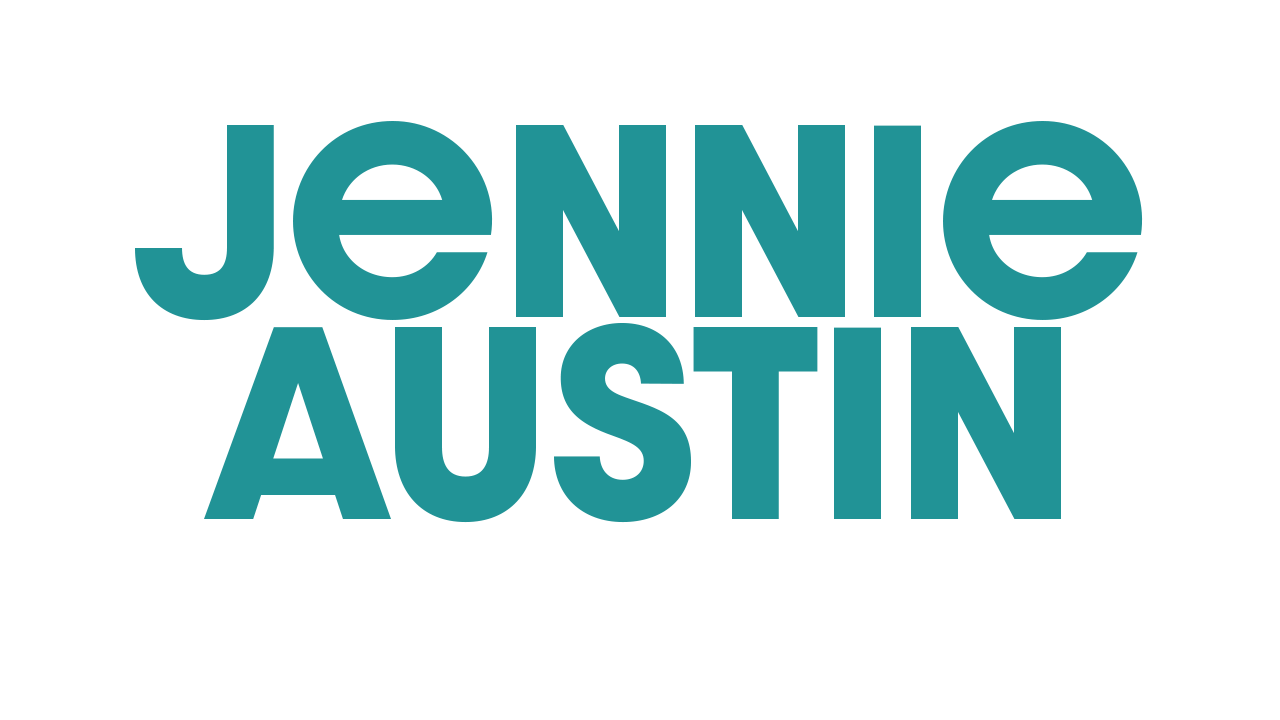Why You Should Hire Employees That Have a Side Hustle (And How to Support Them)
Photo by Trevor Brown on Unsplash
I have been freelancing on and off ever since I graduated college in 2013. It has helped me make some extra cash, follow my passion, and also has held me over between full-time jobs.
Not to mention, the things I have learned while freelancing have helped me become a better employee for my full-time employers.
I’m a millennial, and it’s no surprise that us millennials are known as the “side hustle generation”. A 2019 survey by Bankrate showed that 48% of millennials make extra money on the side, outside of their regular job.
This survey also showed that out of the total US workforce, almost half (45%) say they have a side gig.
If you’re a business owner or manager, how would you react if you found out that one of your employees had a side hustle? More traditionally, employers have frowned upon this action—also known as “moonlighting”—out of concern that it would distract from that employee’s regular duties or that the employee would make their side hustle a full-time responsibility and leave.
I’m here today to tell you why that is wrong; truthfully, the best employees I have ever managed were freelancers on nights and weekends. They were ambitious, entrepreneurial, and taught me a lot. Below are some other reasons why you should encourage your employees to have side hustles.
They are self-starters.
Side hustlers make the best employees because as freelancers, they will run into problems that they will need to solve on their own. These employees are more likely to tackle issues at work in a creative way, without throwing their hands up in defeat so easily. Also, if their side hustle is a solo gig, they will flourish in a collaborative environment where they can work on projects and solve problems through discussion.
They’re improving their craft outside of work.
Employees with side gigs are constantly learning and improving, and they’re doing this both on and off the clock. Freelancers and other side hustlers are gaining new skills that will help them be better at what they’re doing for you, on the clock. Think of it like sending them to a conference to improve their skills and develop their professional life. (That’s not to say you don’t need to send these employees to professional development conferences to help empower them, because you should still make that investment too.)
You can learn from them.
In my opinion, the worst leaders are ones that don’t believe there is something to learn from every single one of their employees. If you’re someone that falls into this category, take this as a wake-up call. As a leader, you should always be willing to learn new things from anyone you meet—especially the people you employ.
I learned every single day from the people on my team that had a side hustle. They taught me how they approached interacting with clients, maintaining work life balance, and managing multiple projects. These were things that we were also able to implement to improve our team’s workflow because we knew that it worked well for them already.
They are extremely disciplined.
If you’re not a side hustler, think about what it might feel like to work a full, mentally draining day, go home, and keep working on more projects. Having a side gig along with a full-time job is super tough, so you know that if someone is juggling both things at once—and successfully so—they practice a level of discipline and balance that you’re probably already looking for in a strong employee.
Photo by Bonnie Kittle on Unsplash
Supporting your side hustlers.
If you have someone on your team that freelances, you will benefit from supporting them and their side gig. Not only will they become more empowered, they will trust you as their leader much more and understand that you’re more interested in their professional success than having them work for you forever.
Here are some ways to support your side hustlers.
Show you genuinely care by asking how their projects outside of work are going. Actually pay attention and follow up as a way of holding them accountable to keep pursuing this passion of theirs.
Ask them if they have learned any new skills or processes that can be implemented at work to make their job easier or more fulfilling.
Make it clear that you expect them to move up or leave someday for something better. Don’t say this in a threatening way, though! This is just so they understand that you’re dedicated to their success.
Allow them to have “Professional Development” time during their day to break things up and learn new skills. This is especially beneficial for creative employees, and can be anything from 1-5 hours each week.
Avoiding conflicts of interest.
If there are any side gigs or freelance work that would be a conflict of interest, it’s important for you as the employer to clearly define those boundaries. For example, if I started working full-time for a web design firm, I would probably be asked to discontinue my web design services that I offer my freelance clients, since this would be in direct competition with my employer.
Make sure to have this discussion with your employees or potential employees, regardless if you know that they have a side gig or not. That kind of transparency will create more trust on both sides of the table.
Now that you understand what makes side hustlers such strong employees, go hire some, and encourage your current employees to pursue their passion on the side as well.






Hi! I’m Jennie.
Thank you for visiting my blog! I write about marketing tips for small businesses and how to succeed as a female professional. I write from experience about the things that I love.